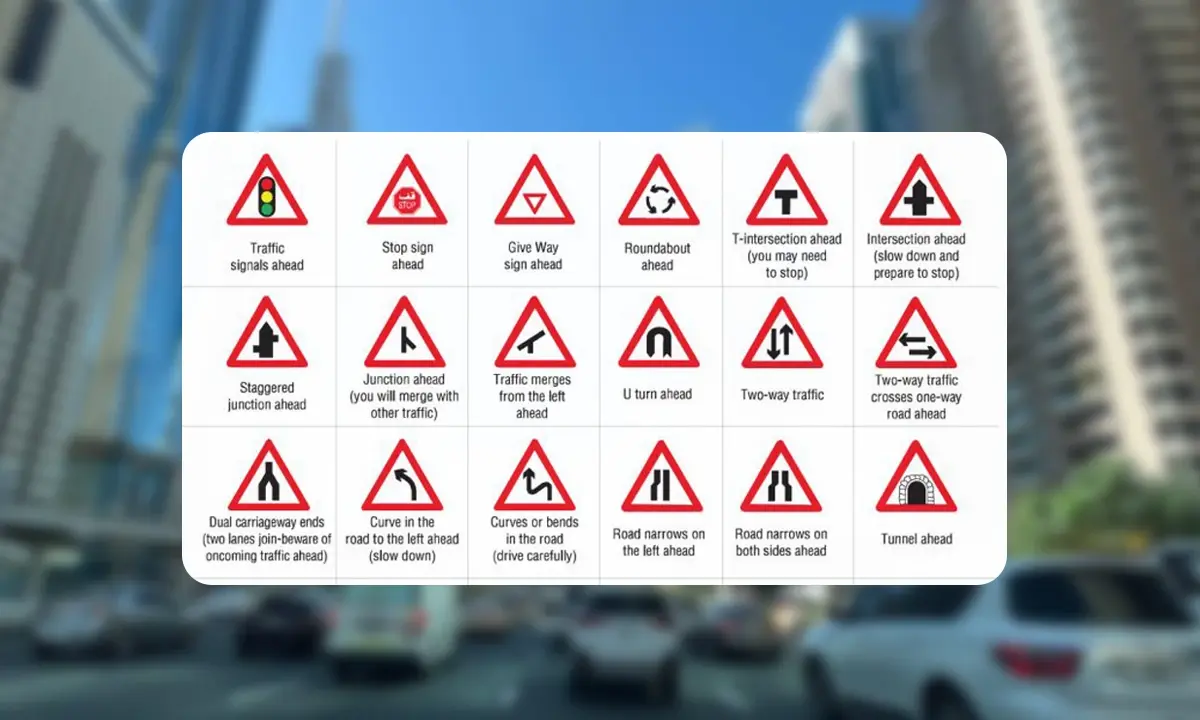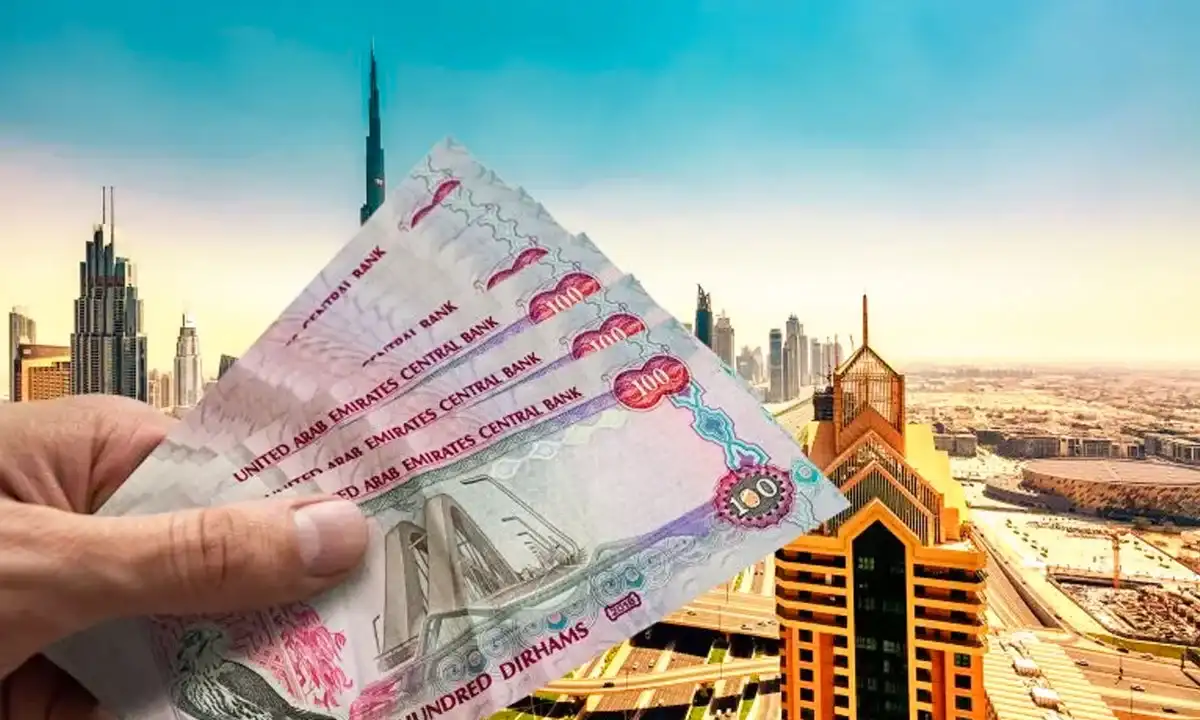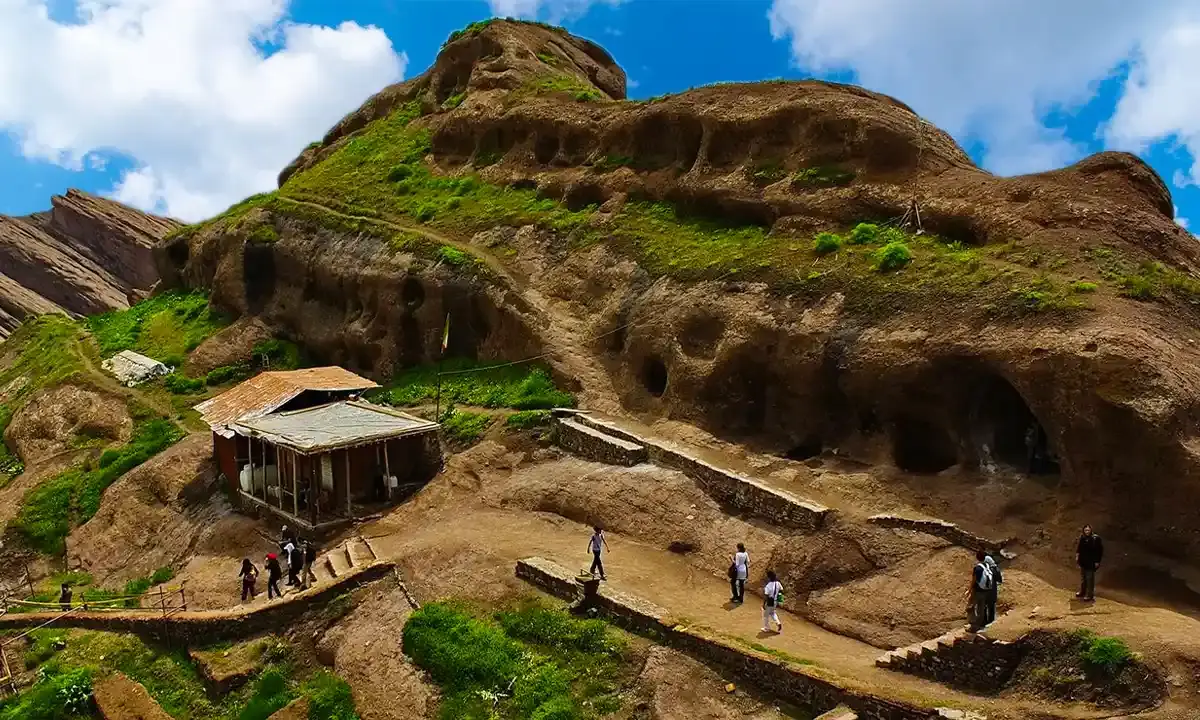Why you should choose Iran for your next travel destination?
![]() Author : asal | Date : Tuesday 26 March 2024 11:57
Author : asal | Date : Tuesday 26 March 2024 11:57
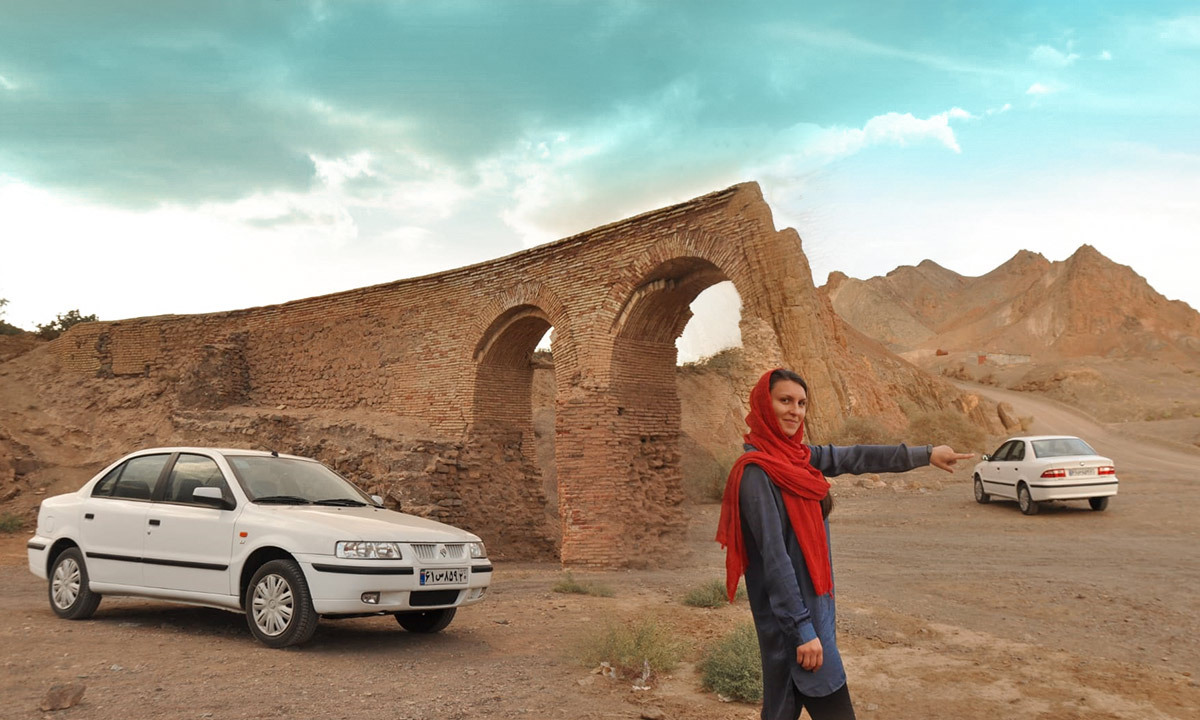
Iran presents an immersive cultural journey, unparalleled Persian warmth, varied weather, stunning vistas, ancient landmarks, distinct architecture, and a plethora of Persian dishes, that is why visit Iran. There are many reasons to travel to Iran. Stay with us to check all of them.
5 reasons why you should visit Iran now
- Experience the Depth of Persian History
- Savor the Unique Iranian Cuisine
- Revel in Nature's Beauty
- Witness the Vividness of Iranian Festivals
- Iran is cheap
✔️Read More : Persian Cuisine | Top Persian Foods That Tourists Love
The historical significance of Iran, why travel to Iran?
The historical significance of Iran (formerly known as Persia) is immense, and it has been one of the cradles of human civilization. Here's a more detailed overview:
- Ancient Civilizations: Iran was home to some of the world's earliest civilizations, including the Elamites and later the Medes.
- Achaemenid Empire (550–330 BC):
Founded by Cyrus the Great, this empire established the first Persian state.
Cyrus's humanitarian approach, exemplified in the Cyrus Cylinder, is considered the first declaration of human rights.
Persepolis, near the modern city of Shiraz, was the ceremonial capital with its magnificent ruins showcasing Persian architecture and artistry.
The empire extended from the Indus Valley to Greece and Egypt at its zenith.
- Parthian and Sassanid Empires:
These empires followed the Achaemenid era, continuing Persian dominance and culture.
The Sassanid era (224–651 AD) is particularly noted for its contributions to art, culture, and statecraft.
- Islamic Golden Age (8th to 13th century):
Following the Islamic conquest of Persia, the region became a significant center of science, philosophy, medicine, and education.
Many notable Persian scholars, such as Avicenna and Al-Farabi, made invaluable contributions to various fields during this period.
- The Safavid Dynasty (16th to 18th century):
It marked the resurgence of Persian culture and identity.
The dynasty declared Shi'a Islam as the state religion, which remains so today.
Architectural wonders from this period, such as the mosques and palaces of Isfahan, are renowned worldwide.
- Literary Contributions:
Ancient poets like Hafez, Rumi, Omar Khayyam, and Ferdowsi (author of the "Shahnameh" or "Book of Kings") have had lasting impacts on both Persian and global literary traditions.
- Geopolitical Importance:
Its location, bridging East and West, has always made Iran a crucial crossroads, influencing trade, culture, and conflicts.
- Archaeological Sites:
In addition to Persepolis, there's the ancient city of Susa, the Ziggurat of Chogha Zanbil, and many other sites that offer insights into ancient Persia.
- Cultural Exchange:
Over millennia, Iran has both influenced and been influenced by neighboring civilizations, including Mesopotamian, Indus Valley, Greek, and Central Asian.
Throughout its long and storied history, Iran has contributed significantly to global art, science, philosophy, and politics. This rich heritage can still be witnessed today in its architecture, literature, and the culture of its people. Iran has always been one of the most attractive destinations for tourists since Marco Polo and Ibn Battuta marked their travels to the east and west of the world on skin maps, until today, when various applications and sites do the work of planning tourist trips. Iran attractions are the most exciting parts of traveling to Iran that nobody should miss.

Read More:✔️Iran Travel Guide Center 2024 | Tips for First-time Visitors
Religious sites of Iran, are one of the best reasons to travel to Iran
Iran is home to numerous religious sites of significant importance, not only for its majority Shia Muslim population but also for other religions historically present in the region. Here are some of the most prominent religious sites:
- Imam Reza Shrine, Mashhad:
This is the largest mosque in the world by dimension and the second-largest by capacity. It houses the mausoleum of Imam Reza, the eighth Shia Imam. It's a significant pilgrimage site for Shia Muslims.
- Shah Cheragh, Shiraz:
A funerary monument and mosque, it houses the tomb of the brothers Ahmad and Muhammad, sons of Imam Musa Kazim and brothers of Imam Reza. The interior is adorned with shimmering mirrorwork.
- Jameh Mosque of Isfahan:
A UNESCO World Heritage Site, this grand mosque has been continuously built, renovated, and embellished from around the 8th to the end of the 20th century, representing various Iranian architectural styles.
- Masjed-e Soleiman, Kerman:
This ancient mosque is believed to be the oldest in Iran and possibly the oldest in the world, dating back to the 8th century.
- Nasir al-Mulk Mosque, Shiraz:
Also known as the "Pink Mosque," it's famous for its stunning stained-glass windows that create a beautiful play of light inside.
- Atiq Jame Mosque, Qazvin:
One of the oldest mosques in Iran, its foundation dates back to the time just after the Islamic conquest of Persia.
- Armenian Monastic Ensembles:
Located in the northwest of Iran, these are a collection of Christian monasteries representing the Armenian architectural and decorative traditions. They include St. Thaddeus, St. Stepanos, and the Chapel of Dzordzor.
- Zoroastrian Sites:
Towers of Silence: Elevated structures where Zoroastrians traditionally laid out their dead.
Chak Chak: A mountain shrine and pilgrimage site for Zoroastrians. It's believed to be a place where a princess sought refuge from invaders and is now a site of annual pilgrimage.
Fire Temple of Yazd: Houses an Atash Behram, the highest grade of sacred fire in Zoroastrianism.
- Jameh Mosque of Yazd:
Known for its splendid portal, towering minarets, and intricate tilework, this mosque is a masterpiece of Persian architecture.
- Tomb of Daniel, Susa:
An important religious site for Jews, Christians, and Muslims alike, it's believed to house the remains of the biblical prophet Daniel.
These are just some of the religious sites in Iran, showcasing the country's rich spiritual history and the diversity of beliefs that have flourished there over millennia. Each of these sites tells a unique story and offers insights into the religious and architectural traditions of the region.
Once being on the Silk Road opened the way for tourists to Iran, and today, the beauties left over from that time encourage them to visit an ancient country. Today, tourists are no longer businessmen, historians, or advisers who intend to travel economically and politically.
Today, tourists set out on a journey with different goals and perspectives, and these goals play a vital role in choosing their destination. Iran is one of the countries that can have a bagful of attractions for different groups of tourists.
Although today's Iran is far from the world's tourism standards, there are attractions within its borders that have historically enticed many tourists to ignore the difficulties of visiting.

Discovering the Natural Beauty of Iran
Iran is endowed with a rich tapestry of natural wonders that cater to every kind of nature enthusiast. The diverse landscapes, varied climates, and unique geological formations make it a destination for those seeking natural beauty. Here's an overview:
- Deserts:
Dasht-e Kavir (Great Salt Desert): Spanning a large portion of central Iran, it's known for its salt marshes, mudflats, and dunes.
Lut Desert (Dasht-e Lut): Recognized as one of the hottest places on Earth, it's famous for its vast sand seas and the Gandom Beryan plateau.
- Mountains:
Alborz Mountain Range: Located to the north, it houses Mount Damavand, Iran's highest peak and Asia's highest volcano.
Zagros Mountain Range: This range stretches from the northwest to the southern part of the country, providing a scenic backdrop.
- Forests:
Hyrcanian Forests: These ancient forests stretch along the southern coast of the Caspian Sea and are a UNESCO World Heritage site. They're home to rich biodiversity and some of the world's oldest trees.
- Islands:
Qeshm Island: Located in the Persian Gulf, it's known for its beautiful beaches, the Hara marine forests, and impressive geological formations like the Valley of Stars.
- Lakes:
Lake Urmia: Once the largest lake in the Middle East, its salt formations and changing colors make it a mesmerizing sight.
Hamun Lake: A series of three shallow lakes located in the Iranian Plateau.
- Caves:
Ali Sadr Cave: The world's largest water cave, tourists can paddle through its clear waters.
Namaqdan Salt Cave: Located on Qeshm Island, it's known for its stunning salt formations.
- Wetlands:
Anzali Lagoon: Situated near the Caspian Sea, it's an important wetland with a rich ecosystem, making it a favorite spot for birdwatchers.
- Waterfalls:
Margoon Waterfall: Located in the Fars Province, it's one of the most famous waterfalls in Iran, cascading down rocky terrains.
- Biodiversity and Wildlife Reserves:
Golestan National Park: One of Iran's oldest national parks, it's home to a diverse range of wildlife, including the Persian leopard.
Kavir National Park: Located in the desert region, it's home to many desert species and offers a unique ecosystem.
- Seascapes:
The Caspian Sea Coast: A popular destination with dense forests, lagoons, and sandy beaches.
Persian Gulf: Warm waters, coral reefs, and islands make it a favorite for marine enthusiasts.
Iran's natural beauty is a mosaic of contrasts — from arid deserts to lush forests, from snow-capped peaks to serene coastlines. This rich variety makes it a must-visit for those wanting to experience the myriad facets of Mother Nature. The best places to travel to Iran offer a unique travel-to-Iran experience that showcases this diversity.
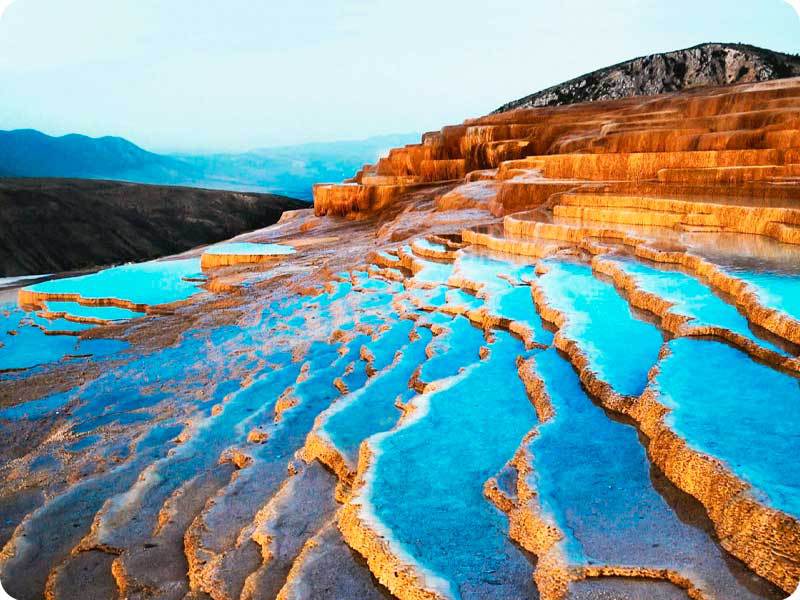
The Wonders of Persian Architecture
Iranian architecture is an impressive confluence of creativity, utility, and deep-seated cultural and religious symbolism. It spans millennia and reflects the rich history, diverse cultures, and ever-evolving aesthetic preferences of the region. Here's a dive into the architectural wonders of Iran:
- Historical Periods:
Ancient Period: Structures from the Elamite, Achaemenid, and Sassanian eras showcase massive columns, grand palaces, and royal reliefs. The ruins of Persepolis and the Arch of Ctesiphon are prominent examples.
Islamic Period: After the Islamic conquest, Iranian architecture started fusing local designs with Islamic motifs, leading to unique structures, especially in mosque designs.
- Persian Gardens:
Embodying the concept of paradise on earth, these gardens, like Bagh-e Fin in Kashan, showcase the principle of four quadrants, often with a central pavilion and water features.
- Bazaars:
Acting as commercial and social hubs, bazaars like Tabriz Historic Bazaar Complex are architectural marvels with intricate archways, domed halls, and caravanserais.
- Dome Constructions:
Exemplified in the Seljuk and Safavid eras, domes like the one on Sheikh Lotfollah Mosque in Isfahan are not just structural marvels but also a canvas for stunning artwork.
- Iwans:
Vaulted spaces that open on one side to a courtyard, are frequently found in mosques and madrasas. The Jameh Mosque of Isfahan offers a brilliant representation.
- Minarets:
Tall spires attached to mosque structures. The Menar Jonban in Isfahan is particularly notable because shaking one minaret causes the other to shake as well.
- Wind Towers (Badgirs):
Ancient air conditioning! Common in desert regions like Yazd, they capture and direct cooler air into homes or other structures.
- Stucco, Tilework, and Calligraphy:
Persian structures often feature intricate decorative elements. The Nasir al-Mulk Mosque in Shiraz, known as the Pink Mosque, is a testament to the beauty of colorful tiles and stained glass.
- Caravanserais:
Fortified inns were designed for caravans along trade routes, offering shelter and other amenities.
- Houses:
Traditional Persian houses, especially in desert regions, are designed around central courtyards and often have basements (shavadans) to escape the summer heat. The Borujerdi House in Kashan is an iconic representation.
- Bridges:
Structures like the Si-o-se-pol and Khaju Bridge in Isfahan are not just functional but also serve as social gathering spots.
- Religious Diversity:
Aside from Islamic structures, Iran has churches, synagogues, and Zoroastrian temples, showcasing a blend of architectural styles.
Iranian architecture seamlessly melds form and function, aesthetic and utility. Whether it's adapting to the country's varied climates, symbolically representing spiritual concepts, or showcasing Iran's top places to visit, the built environment of Iran is a testament to the ingenuity and artistry of its people. And if one wonders, "Is Iran good for travel?" the splendor of its architectural heritage offers a resounding affirmation.
Most tourists who travel to a country for the first time prefer to travel on classic routes and visit the popular attractions of that country. On the second and third trips, they discover lesser-known places and wander around the cities and villages. In recent years, we have seen backpackers and adventurous tourists in different cities in Iran. However, the majority are still tourists who travel to classic destinations on pre-planned Iran tours. Many might question, "Is travel to Iran safe?" and the presence of these recurrent tourists attests to the positive experiences many have had. Travel service offices, including those offering car rental in Iran, have defined several classic routes based on tourist interest and world-renowned attractions in Iran. They offer tours to tourist cities such as Isfahan, Shiraz, Yazd, Khuzestan, Mashhad, Tabriz, Kermanshah, Kerman, Kashan, and Hamedan.
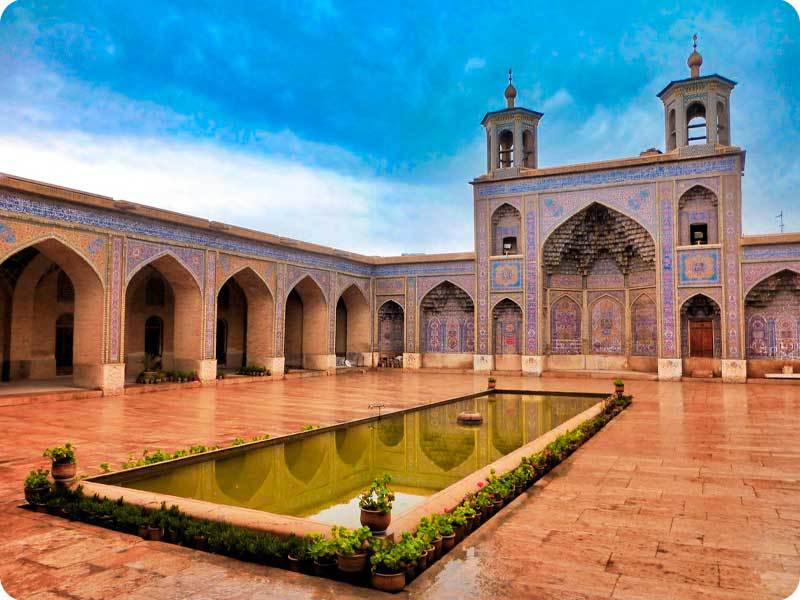
✔️Read More: How much does it cost to travel to Iran?
Discover the Richness of Iranian Culture
Iran offers a rich tapestry of cultural experiences that reflect its millennia-old history, diverse ethnic groups, and unique position as a cradle of civilization. From arts and crafts to festivals and customs, here's a closer look at the cultural experiences one can expect in Iran:
- Literary Traditions:
Poetry is deeply revered in Iran, and poets like Hafez, Rumi, Saadi, and Ferdowsi are household names. Visiting the mausoleums of these poets, especially Hafez's in Shiraz, is almost a pilgrimage for many Iranians.
- Art and Crafts:
Persian Carpets: Often considered Iran's most significant export, these intricate hand-woven carpets can take years to complete.
Miniature Painting: Detailed and colorful depictions of myths, legends, and everyday life.
Calligraphy: A highly regarded art form, with many styles developed over centuries.
Tilework: Mosques and palaces often feature intricate and colorful tilework.
- Cuisine:
Iranian food is a blend of flavors, from the herbed rice dishes like Sabzi Polo to the rich stews like Ghormeh Sabzi. Desserts like Faloodeh and beverages like Doogh offer a taste unfamiliar to many Western palates.
- Festivals:
Nowruz: The Persian New Year, marking the first day of spring, is celebrated with a myriad of customs like Haft-Seen table setup and Chaharshanbe Suri (jumping over the fire).
Yalda Night: The longest night of the year, where families gather to read poetry and eat pomegranates and nuts.
- Music and Dance:
Traditional music varies across regions, with Kurdish, Baloch, and Azerbaijani tunes differing markedly. Folk dances, like the Bandari of the South, offer a vibrant cultural experience.
- Dress:
While the hijab is mandatory for women in public, the style and colors often vary. In some regions, you'll find traditional dresses adorned with embroidery and beads.
- Cultural Centers:
Cities like Isfahan, with its Naqsh-e Jahan Square, or Shiraz, the city of poets and gardens, offer a plethora of cultural experiences.
- Religious Practices:
Iran, primarily Shi'a Muslims, has significant religious ceremonies like Ashura. You'll also find Zoroastrian Fire Temples, Armenian churches, and Jewish synagogues, bearing witness to its religious diversity.
- Bazaars:
More than just markets, bazaars like the one in Tabriz or Tehran are hubs of social activity, offering everything from spices to jewelry.
- Teahouses (Chai Khanehs):
Traditional venues for socializing, often adorned with Persian art and offering a variety of teas and hookahs.
- Historical Sites:
Sites like Persepolis provide insights into ancient Persian civilizations, while palaces like Golestan in Tehran showcase more recent history.
- Interactions with Locals:
Iranians are known for their hospitality. Engaging with locals, whether it's a shared meal or a simple chat, can be one of the most enriching experiences.
The cultural experiences in Iran provide a window into the soul of the country, revealing the depth, sophistication, and warmth of its people and traditions. Many wonder, "Is Iran good for travel?" and those who venture find that travelers often leave with a newfound appreciation for this ancient land and its contemporary vibrancy.

The Art of Handicrafts in Iran: Beauty Beyond Time
Iran is a treasure trove of handicrafts, with centuries of artistry, skill, and tradition ingrained in each piece. These handicrafts not only represent the nation's rich cultural heritage but also play a significant role in its socio-economic landscape. Let’s delve deeper into the prominent handicrafts of Iran:
- Persian Carpets:
Renowned worldwide for their intricate designs, quality, and variety. Each region in Iran has its distinctive carpet design. Cities like Tabriz, Qom, and Kashan are particularly famous for their carpet-weaving traditions.
- Khatamkari (Marquetry):
A craft of inlaying pieces of wood, bone, or metal into a wooden surface to create intricate geometric patterns. It's often seen on boxes, chessboards, and frames.
- Miniature Painting:
Detailed and colorful paintings, often depicting tales from Persian epics or romantic scenes. They can be found in manuscripts, books, and standalone canvases.
- Tilework (Kashi Kari):
They are widely seen in mosques, palaces, and houses. Iranian tiles are celebrated for their vibrant colors and intricate patterns.
- Pottery and Ceramics:
With a history dating back thousands of years, cities like Lalejin are renowned for their pottery, often with turquoise glazes or detailed patterns.
- Termeh (Handwoven Cloth):
A luxurious handwoven cloth, often with intricate patterns, used for making tablecloths, scarves, and other items. Yazd is a primary center for Termeh production.
- Metalwork:
Items like trays, dishes, and ornaments are often crafted from silver, brass, or copper. These items can be engraved (Ghalamzani) or hammered (Khātam) with detailed designs.
- Enamelwork (Minakari):
Art of painting and ornamenting the surface of metals, especially copper, with intricate designs.
- Glassblowing:
With origins from the Sassanian era, Iran produces a range of glass items from vases to dishes.
- Woodcarving:
They are used for making furniture, doors, and decorative items, showcasing detailed patterns and figures.
- Pateh:
A type of Persian embroidery originating from Kerman, usually on wool fabric and with colorful patterns, often used for tablecloths, bedcovers, and shawls.
- Giveh:
Traditional handwoven footwear, comfortable and breathable, made from cotton threads and leather.
- Calligraphy:
While it's an art form, it also has its place in handicrafts, especially when the calligraphy is done on items like plates, jewelry, and home decor.
Many of these crafts are produced in specific regions or cities that have mastered the art over centuries. These handicrafts offer a blend of aesthetic appeal and utility, making them both beautiful keepsakes and functional items. Why travel to Iran? Why visit Iran? One compelling reason is that when in Iran, exploring local bazaars and handicraft workshops can give travelers a firsthand look at the making of these treasures and an opportunity to interact with the artisans themselves.
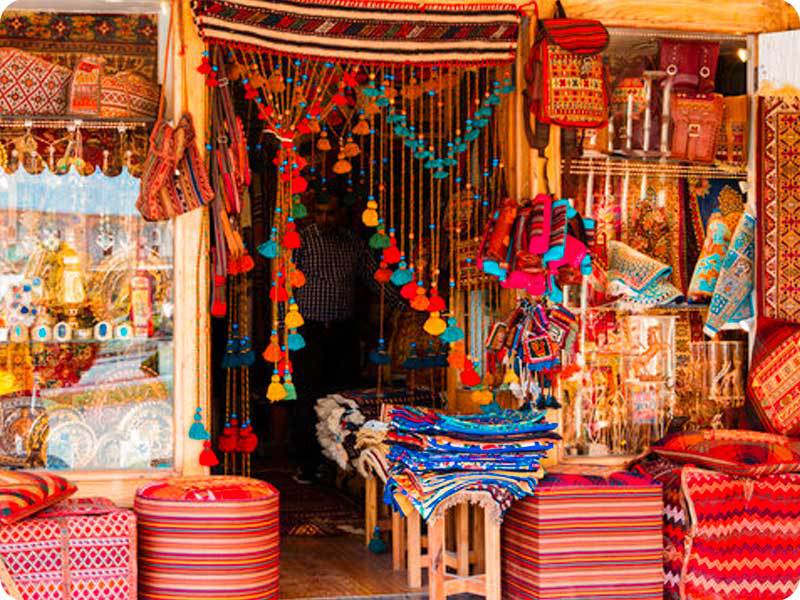
Persian Hospitality - The Warmest Welcome You'll Ever Experience
Persian hospitality, known as "Mehman-navazi" in Farsi, is a cornerstone of Iranian culture and social dynamics. Rooted deep in the country's traditions and history, it can be described as an unwavering commitment to make guests feel welcomed, valued, and taken care of. Here's a closer look at the various facets of Persian hospitality:
- Generosity Overflows:
It's common for Iranians to go out of their way to make their guests feel comfortable. This means offering the best of everything they have, even if it might be beyond their means.
- T'aarof – The Ritual of Politeness:
This cultural norm involves a series of polite refusals and offers. For instance, a host might repeatedly insist on a guest taking more food, while the guest is expected to initially refuse. This dance of politeness can happen in various situations, not just in homes but also in markets and taxis.
- Endless Culinary Delights:
Meals play a central role in showcasing Persian hospitality. Guests can expect to be treated to a vast spread of traditional dishes, sweets, and teas. It's customary for the host to ensure that the guest's plate is never empty.
- Respect for Privacy:
While Iranians are known to be warm and welcoming, they also deeply respect a guest's need for privacy. They'll often go to great lengths to ensure that guests have their own space and are comfortable.
- Gift-Giving:
It's customary to bring a gift when visiting someone's home. Similarly, hosts might give gifts to their guests as a token of appreciation for their visit.
- Personal Touch:
In many cultures, hospitality can be outsourced to professionals – think hotels, restaurants, or paid guides. In Iran, however, hospitality is deeply personal. Even if you stay at a hotel, don't be surprised if staff or even fellow guests offer you personal advice on places to visit or even an invitation to their home for a meal.
- Inclusivity:
Regardless of a visitor's background, Iranians are known to be inclusive. They'll share stories, ask questions, and show genuine interest in getting to know their guests.
- Safety and Protection:
An integral part of Mehman-navazi is ensuring the guest's safety and well-being. In many situations, Iranians will go out of their way to make sure that a visitor is safe, whether that means giving them a ride home or warning them about potential pitfalls.
In a world that's rapidly modernizing and where interactions are often transactional, Persian hospitality stands as a heartwarming reminder of the importance of genuine human connection. Visitors to Iran often find themselves deeply touched by this level of warmth and care, and it's not uncommon for them to leave with lifelong friends in their Iranian hosts. The spirit of Mehman-navazi is a testament to the old saying, "Guests are friends of God."
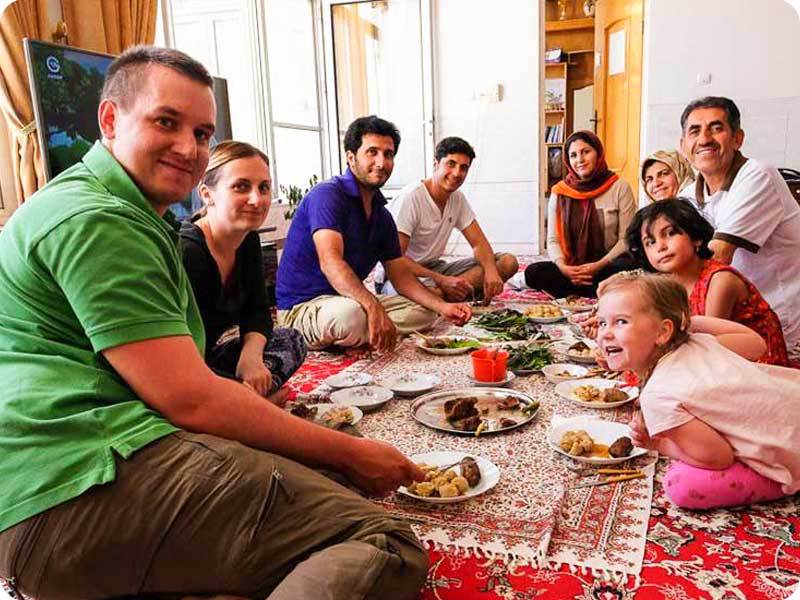
Diverse Climate in Iran: From Desert to Ski Slopes
Iran is a vast country, and its geographical diversity leads to a multitude of climates within its borders. Spanning from the Caspian Sea in the north to the Persian Gulf in the south, from arid deserts in the east to mountainous regions in the west, Iran's varied landscapes result in distinct climate zones that cater to different types of travelers and activities throughout the year. Here's an exploration of the diverse climate of Iran:
1. Arid and Semi-Arid Climate:
Central and eastern parts of Iran, including cities like Yazd and Kerman, fall under this category. Here, summers are hot, and winters can be cold, but precipitation is scanty throughout the year. The legendary deserts like Dasht-e Kavir and Dasht-e Lut with their mesmerizing dunes are located in this zone.
2. Mediterranean Climate:
The region bordering the Caspian Sea, including cities like Rasht and Bandar-e Anzali, experiences a Mediterranean climate. It's characterized by mild, rainy winters and warm, humid summers. The lush and verdant forests of Gilan and Mazandaran are attributed to this climate.
3. Mountain Climate:
The Zagros and Alborz Mountain ranges influence the climate of their surrounding areas. While summers are generally mild, winters can be cold with significant snowfall. This makes regions like Dizin and Shemshak popular for winter sports, especially skiing.
4. Desert Climate:
The southeast, including parts of Kerman and Sistan and Baluchestan provinces, experiences a desert climate. It's extremely hot in the summers, with temperatures often exceeding 40°C (104°F), while winters are milder.
5. Coastal Climate:
The northern coastline along the Caspian Sea and the southern coastline along the Persian Gulf and the Gulf of Oman have distinct coastal climates. The northern coast is humid and receives significant rainfall, while the southern coast is warmer and more tropical.
6. Steppe Climate:
Parts of the northwest, including areas in and around Tabriz, experience a steppe climate with moderate rainfall and temperature variations between summer and winter.
The diversity in climate means Iran offers a myriad of experiences. Whether one is looking to ski in the mountains, relax by the coast, explore lush forests, or traverse mesmerizing deserts, Iran has it all. This climatic variety also greatly influences the country's biodiversity, agricultural practices, and even its culinary traditions. Visitors can experience vastly different climates within a relatively short distance, making travel in Iran a dynamic experience. Moreover, in every season, travelers can conveniently rent a car in Iran, allowing them to journey to all the best places the country has to offer.

Why should we visit Iran in spring?
Spring, with its mild climate, marks a perfect balance between the cold of winter and the heat of summer, making it the prime season for travel, especially in Iran. This season, synonymous with renewal and the Nowruz holidays, offers an ideal opportunity to explore Iran's picturesque cities at lower costs. Particularly in May, Iran transforms into a verdant paradise, presenting a unique chance to experience the country's beauty in full bloom. Spring not only invites more travelers but also promises an enriching journey through Iran's rich landscapes and cultural festivities.
Best places in Iran that you should visit in spring
There is an opportunity to use the best weather of the year in spring, and nothing is more attractive than traveling in spring:
- Shiraz
- Isfahan
- Gilan
- Kurdistan Province
Last word
What is certain is that Iran, with 26 registered works on the UNESCO World Heritage List and with a remarkable history and background, can have many professions in tourism around the world. Despite all the weaknesses and problems, there are still tourists who long to visit Iran's historical, natural, and cultural attractions and keep its name on their list of travel destinations. Except for a few exceptions, the image of Iran that is reflected in the vast virtual world today from the perspective of foreign tourists is nothing but beauty, glory, and kindness.
According to tourist guides, almost all tourists who experience a trip to Iran for the first time, before saying goodbye, describe their memory of the kindness, hospitality, and culture of the Iranian people as the most colorful aspect of their trip. So, you can rent a car in this country and start your next vacation.
FAQ
What makes Iran a unique travel destination?
Iran boasts a rich tapestry of history, diverse landscapes ranging from deserts to forests, ancient architecture, and unparalleled Persian hospitality.
Is it safe to travel to Iran?
Yes, many tourists find Iran to be a safe and welcoming country. However, as with any travel destination, it's essential to stay informed, respect local customs, and exercise caution.
What are the top tourist attractions in Iran?
Iran offers numerous attractions, including the ancient ruins of Persepolis, the beautiful architecture of Isfahan, the bustling bazaars of Tehran, and the unique desert towns like Yazd.
How is the local cuisine?
Persian cuisine is diverse and flavorful, with dishes like kebabs, stews (khoreshts), and rice dishes (polo) being staples. Don't forget to try the local sweets and saffron-infused dishes!
What's the best time to visit Iran?
Spring (April-June) and autumn (September-November) are ideal times due to pleasant weather. However, depending on the region and your interests (like skiing or desert trekking), other seasons might be suitable.
Do I need a visa to travel to Iran?
Most travelers will need a visa to enter Iran. It's recommended to check the current visa requirements and process for your specific nationality before planning your trip.
Is it possible to rent a car in Iran?
Yes, car rentals are available in major cities and popular tourist destinations. It offers a convenient way to explore the diverse landscapes and attractions at your own pace.
What are the accommodation options in Iran?
From luxury hotels in big cities to traditional guesthouses in smaller towns, Iran offers a range of accommodation options suitable for various budgets and preferences.
Is the language barrier a concern?
While Persian (Farsi) is the official language, many Iranians, especially in tourist areas, speak some level of English. Learning a few basic Persian phrases can also enhance your travel experience.
How do locals perceive foreign tourists?
Iranians are known for their warm hospitality and often go out of their way to make tourists feel welcome. Many tourists leave with fond memories of their interactions with locals.



